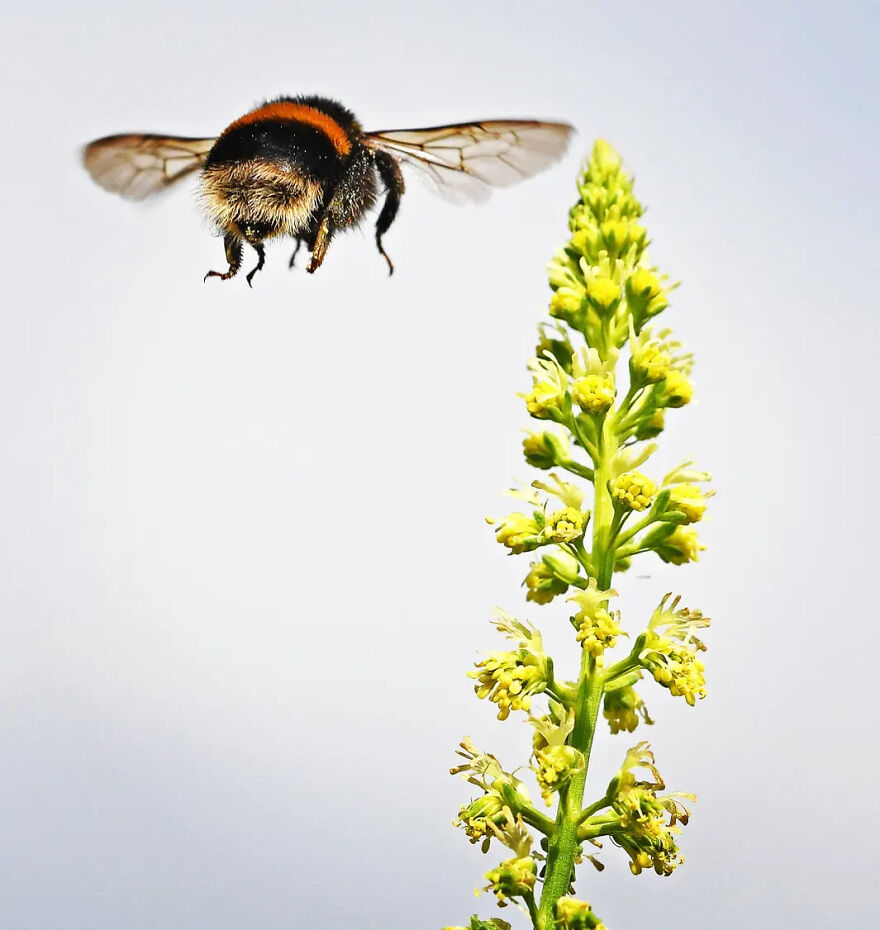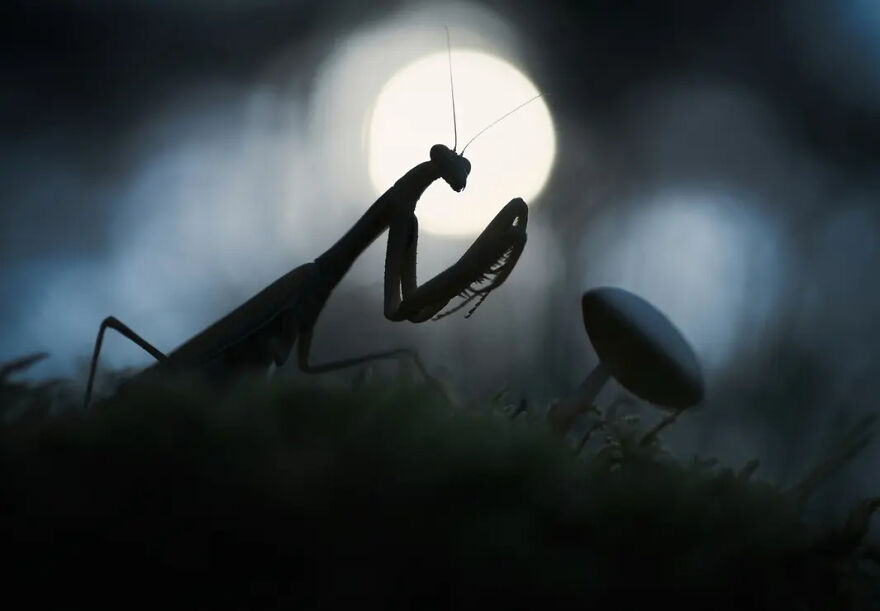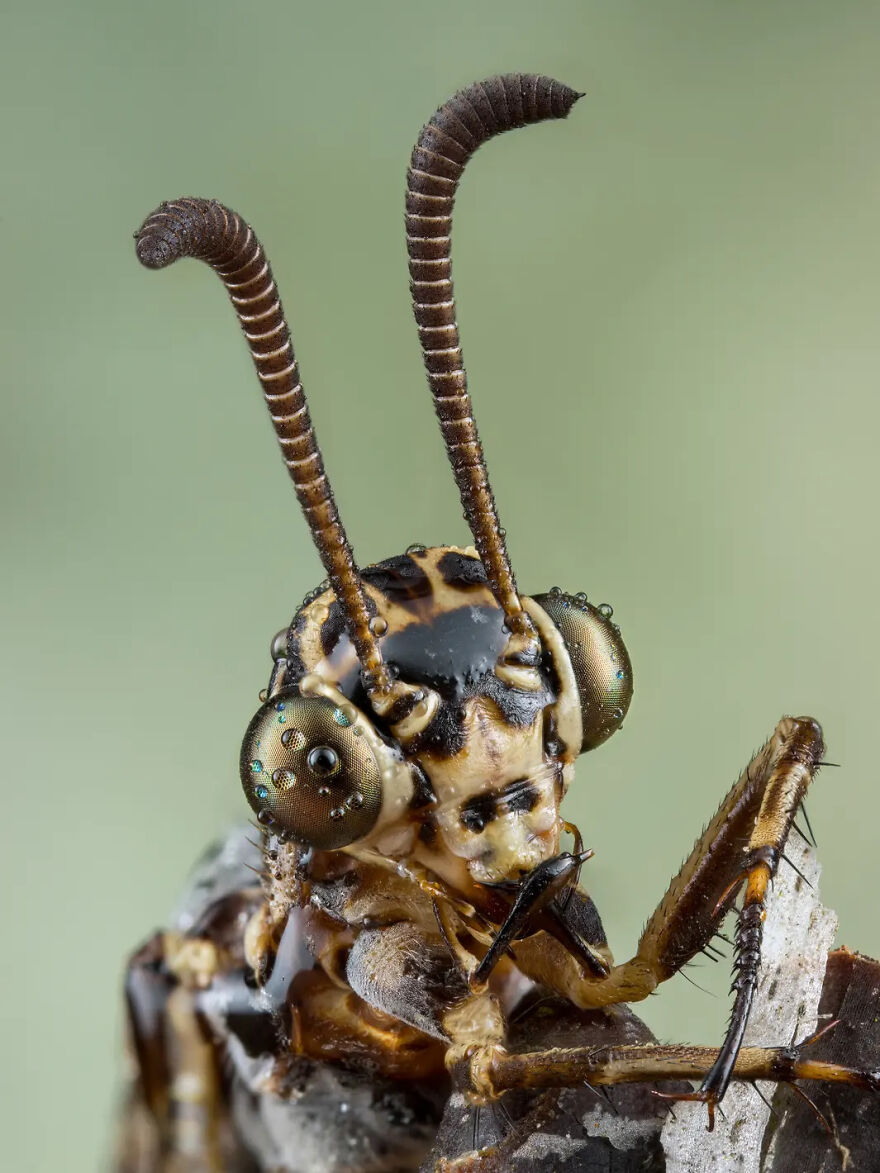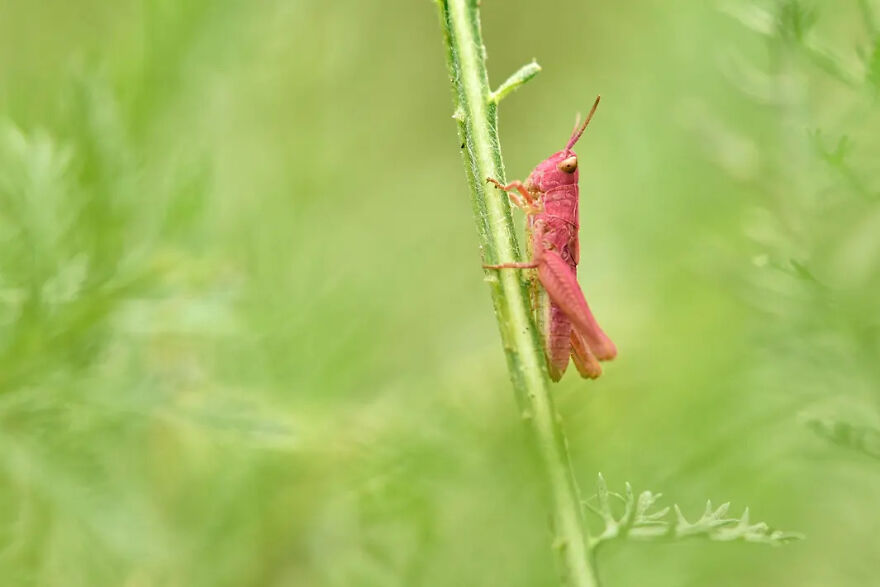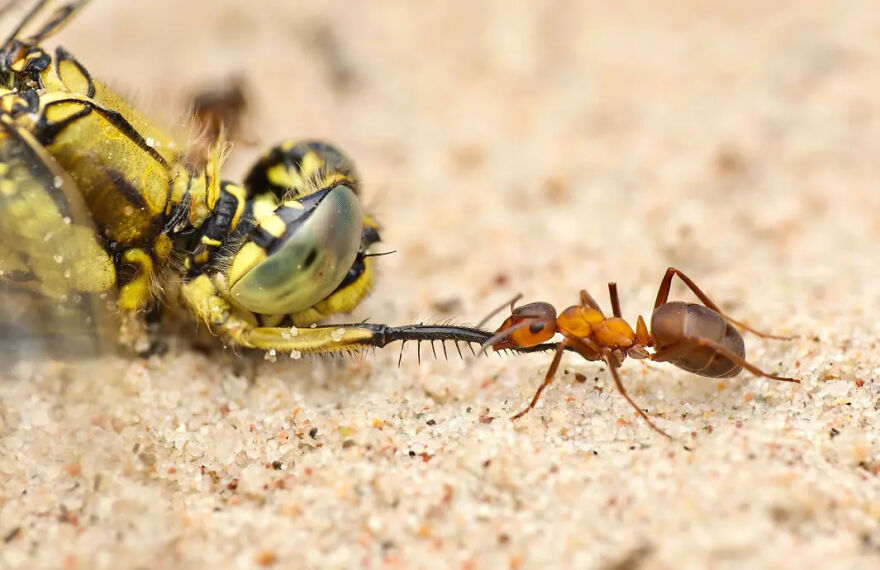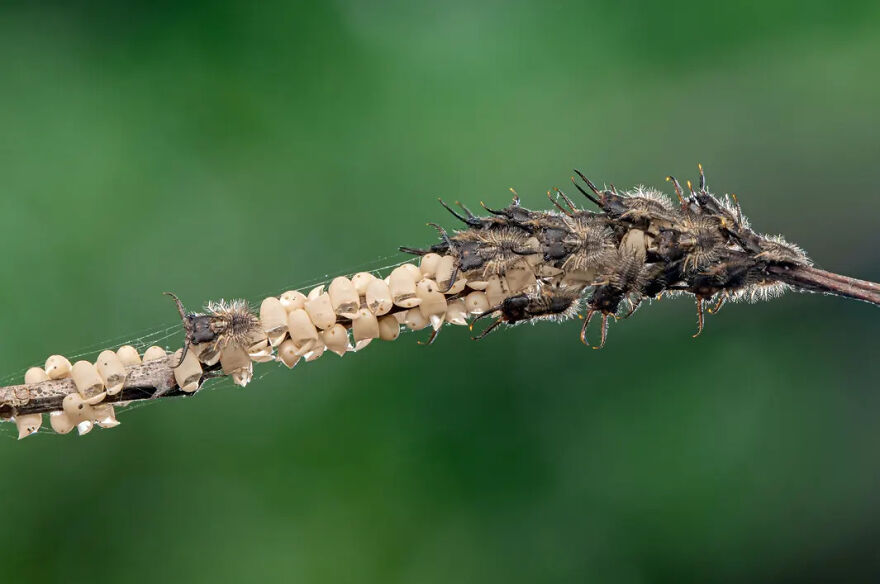
5Kviews
The Winning Photos Of The Insect Week Photography Competition 2023 Have Been Announced, And Here Are 23 Of The Best Ones
The Royal Entomological Society has unveiled the winning images from the Insect Week photography competition. This yearly contest for amateur photographers drew over 700 submissions from 34 countries spanning six continents. This year, 24 remarkable images were honored with commendations!
That being said, it is exciting to note that the next Insect Week is just around the corner! The next Insect Week photography competition is scheduled to open on 19 June 2023.
More info: Instagram | twitter.com | Facebook | insectweek.org
This post may include affiliate links.
Photograph By Benjamin Salb/Royal Entomological Society
A spotted tiger beetle (Cicindela sexguttata). These metallic green beetles are native to North America and adults are efficient predators with large mandibles.
Photograph By Marc Brouwer/Royal Entomological Society
A hummingbird hawk moth (Macroglossum stellatarum), which has a wing-beat frequency of about 75 times per second, similar to a small hummingbird.
Photograph By Sarah Perkins/Royal Entomological Society
A male orange tip butterfly (Anthocharis cardamines) backlit by the afternoon sun. Only males have the orange tip on the upper forewing.
Photograph By Gustav Parenmark/Royal Entomological Society
A blue-tailed damselfly (Ischnura elegans). The larvae are aquatic and live in still or slow-moving water.
Photograph By Raymond J Cannon/Royal Entomological Society
Bombus terrestris, a common bumble bee found throughout Europe. It is an excellent pollinator and reared commercially to enhance crop pollination.
Photograph By Panagiotis Dalagiorgos/Royal Entomological Society
Backlit shot of a European mantis (Mantis religiosa) next to a mushroom. The widely spaced eyes allow three-dimensional vision required for accurate prey capture. Mantids are cannibalistic and well known for females devouring males before, during or after mating.
Photograph By Rory Lewis/Royal Entomological Society
An ashy mining bee (Andrena cineraria) on an old dandelion head. A distinctive early spring bee, females burrow into the ground to make nests, creating a pile of soil by the entrance. Although they are solitary bees there may be many nests in a small area.
Photograph By Dennis Teichert/Royal Entomological Society
This beautiful antlion (Euroleon nostras) found one late night after a rain storm. Antlion larvae dig funnel-shaped pits in sandy, light soil and bury themselves at the bottom. They feed on small arthropods that fall into the pit.
Photograph By Benjamin Salb/Royal Entomological Society
A small damselfly (Ischnura posita), which is native to North America.
Photograph By Bailey Carswell-Morris/Royal Entomological Society
A banded demoiselle (Calopteryx splendens). The male colours are even more vibrant.
Photograph By Beverley Brouwer/Royal Entomological Society
A pink grasshopper with a genetic mutation known as erythrism, which causes a reddish discolouration. This species, the meadow grasshopper (Pseudochorthippus parallelus), shows a wide variation in colours from greens, browns through yellow and black to pink/purple. The rarer pink-purple form occurs in females.
Photograph By Marc Brouwer/Royal Entomological Society
A twin-lobed deerfly (Chrysops relictus). Like mosquitoes, egg development in the adult female requires a blood meal from cattle, horses or deer. The males are often seen on flowers while feeding on nectar.
Photograph By Panagiotis Dalagiorgos/Royal Entomological Society
Low-angle shot of a Saga hellenica. These large, predatory bush-crickets feed on other insects.
Photograph By Jamie Smart/Royal Entomological Society
Two become one. Male and the female moths mate about three times over their 2-3-week life span.
Photograph By Will Scarratt/Royal Entomological Society
A red mason bee (Osmia bicornis). Females find existing cavities in which to build mud-lined cells. The cells are provisioned with pollen and nectar before an egg is laid and the cell sealed.
Photograph By Pete Burford/Royal Entomological Society
1st place in the Insect Week photography competition: a pair of mating golden-tabbed robber flies (Eutolmus rufibarbis).
Photograph By Gustav Parenmark/Royal Entomological Society
While red wood ants (Formica rufa) mainly feed on sugary aphid honeydew they are also predatory. This ant may need assistance with such a large prey.
Photograph By Jamie Spensley/Royal Entomological Society
A dune robber fly eating a sulphur beetle. Robber flies are robust predators of other insects. They wait in ambush and catch their prey in flight. Like the dune robber fly (Philonicus albiceps), the sulphur beetle (Cteniopus sulphureus) is a coastal species.
Photograph By Rosa Dunbar/Royal Entomological Society
The New Zealand praying mantis is one of just two mantids established in New Zealand and is the only native species.
Photograph By Rory Lewis/Royal Entomological Society
A female wasp (Philanthus triangulum) nests in sandy soil with a captured and paralysed honey bee before laying an egg.
Photograph By Ángel Plata/Royal Entomological Society
An Aphaenogaster iberica ant depredates on fruit flies pupae in the ground of a citrus orchard. As the name suggests, this ant is native to the Iberian peninsula but also Morocco.
Photograph By Amith Kiran Menezes/Royal Entomological Society
Mating katydids. Although closely related to grasshoppers, bush crickets or katydids are easily distinguished by their long antennae.
Photograph By Amith Kiran Menezes/Royal Entomological Society
A freshly hatched owlfly, part of the ascalaphidae family. Owlflies are one of the ‘ugly ducklings’ of insects. The grotesque larvae are voracious predators in leaf litter and on trees; they ambush insect prey and capture them directly rather than trapping them in sand pits like their close relatives the antlions. They may attach sand and debris as camouflage.
These pictures are amazing without a doubt, I just love these sort of pictures, macro is a class on its own
These pictures are amazing without a doubt, I just love these sort of pictures, macro is a class on its own

 Dark Mode
Dark Mode 

 No fees, cancel anytime
No fees, cancel anytime 








